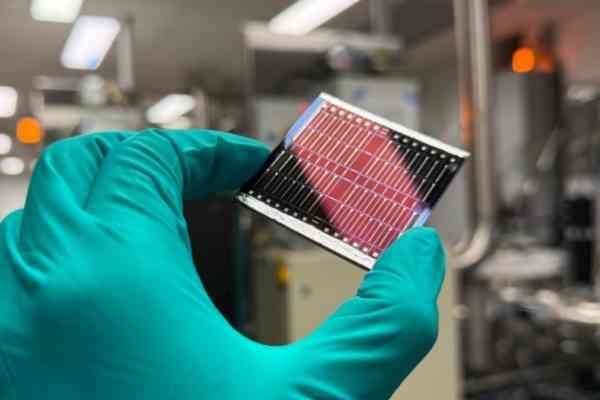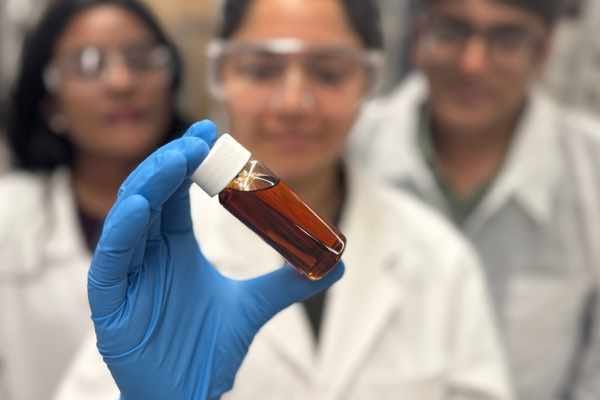UNSW sets kesterite record
Researchers are edging closer to commercial viability for this promising solar candidate.

Engineers at the University of NSW (UNSW) have set a new efficiency world record for kesterite solar cells, a promising material for the future of solar.
Silicon solar cells have long dominated the market, but they are approaching their efficiency limits. This has spurred global efforts to find new materials that can either complement or replace them.
One promising solution is tandem solar cells, where two different materials work together to boost overall efficiency.
Perovskite, which offers high efficiency and cost-effective production, is one option, but its rapid degradation and the presence of toxic components have presented challenges. Kesterite, on the other hand, offers a more stable and environmentally friendly option.
This naturally occurring mineral can also be artificially created using abundant, non-toxic elements like copper, zinc, tin, and sulfur. Known in its synthesised form as CZTS, it is cost-effective to manufacture and retains its performance over time.
"When we consider the requirements from the bottom up, we know that we need something that is widely abundant, that is environmentally friendly, that has good optoelectronic properties and can last a long time – and CZTS fits the bill."
Despite its affordability, stability, and eco-friendly benefits, though, CZTS’s promise has been hampered by efficiency, which has remained relatively low due to defects that arise during production.
The UNSW team, led by Scientia Professor Xiaojing Hao, tackled this challenge by heat-treating CZTS cells in a hydrogen-containing atmosphere.
This process reduces defects and enhances efficiency, leading to a new record of 13.2% – a significant leap from the previous 11%, which had remained unchanged for six years.
Next steps
This breakthrough not only raises the bar for kesterite solar cells but also brings CZTS technology one step closer to commercial viability.
"The big picture here is that we ultimately want to make electricity cheaper and greener to generate," Prof Hao said.
"Silicon modules have almost reached the limit of their theoretical efficiency, so what we are trying to do is answer the question coming from the PV industry as to what the next generation of cells will be made of.
"And as well as that, how can we make solar panels less expensive to manufacture, and how can we get more electricity per area so the panels can be particularly beneficial for area-limited PV applications?"
Sunny outlook
Prof Hao says she is hopeful the breakthrough will accelerate the chances of CZTS reaching 15% efficiency within the next year, and she expects its commercialisation by 2030.
"There is still work to be done to find ways to further reduce the defects we find in CZTS, either during the fabrication or via post-fabrication treatments," Hao said.
"But we know that this is a good material. When we consider the requirements from the bottom up, we know that we need something that is widely abundant, that is environmentally friendly, that has good optoelectronic properties and can last a long time – and CZTS fits the bill."
The UNSW team have published their results in the Nature Energy journal.
The UNSW team's breakthrough involved annealing (heat treating) the CZTS solar cell device in a hydrogen-containing atmosphere, a process that reduces defects and enhances efficiency. This way, the team reported efficiency of 13.2% for high bandgap kesterite cells enhanced with hydrogen – the best ever reported. The maximum photovoltaic efficiency of CZTS had prior to this remained at 11% for six years.





